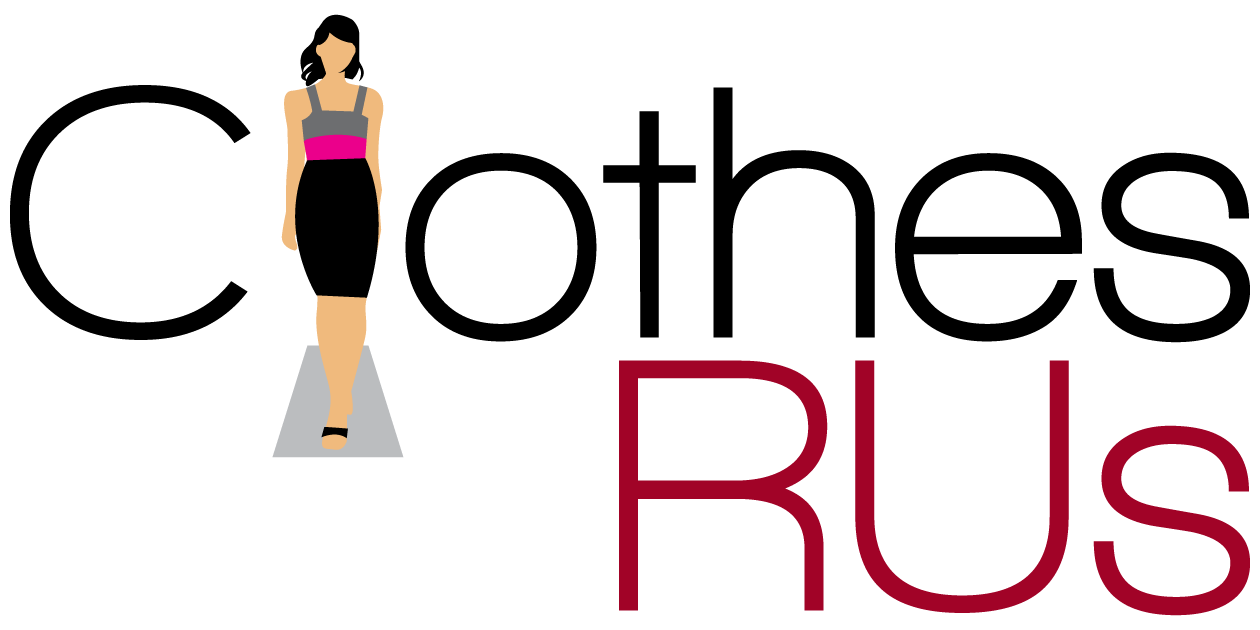 Choosing the right women’s apparel for your storefront is a hit and miss proposition until a bit of analytical expertise is added to the equation. Ethnic clothing has never been more popular, and the upcoming fashion seasons seem to display ethnic apparel as the “cannot go wrong” fashion this fall and winter.
Choosing the right women’s apparel for your storefront is a hit and miss proposition until a bit of analytical expertise is added to the equation. Ethnic clothing has never been more popular, and the upcoming fashion seasons seem to display ethnic apparel as the “cannot go wrong” fashion this fall and winter.
As a retailer, how do you know when to purchase your ethnic clothes? What type of ethnic apparel should you, as a retailer, purchase from a wholesaler to get the greatest benefits? What exactly qualifies as ethnic clothing?
There is no perfect answer; there is no answer that will be “right” for all retailers. However, there are some appropriate statistics that may help you to find the best ethnic apparel for your storefront and/or wardrobe. In the process, the right ethnic apparel will insure a happy, loyal consumer base.
Types of Ethnic Clothing
There are numerous types of ethnic apparel around the globe today. Ethnic apparel is clothing worn by an indigenous people of a specific culture. All countries will have its own ethnic apparel, and in years past, ethnic apparel was worn solely as costume wear for traditional ceremonies and/or celebrations.
For instance, African apparel has been popular for centuries in the United States, but recently, African apparel has made its way into the mainstream fashion industry. Kaftans, Bubas, and Dashikis are all popular African clothing worn for both casual and formal occasions. Once, solely those of African heritage wore these splendid ensembles, but today, men, women, and children wanting to appreciate the styles of another culture are wearing these ethnic ensembles.
Another example of an ethnic clothing style is the poncho. Every culture has its own type of poncho, but traditionally, the poncho we all know today is from Central America. The cherished poncho is appreciated around the world as a comfortable, affordable, and stylish tool or accessory for anyone wanting something special.
Even Western Clothing is a form of ethnic apparel popular around the globe, and finding its home in the good, old United States of America. There are many types of Western Clothing, and as any retailer knows, some locations are more apt to offer a specific type of Western Clothing to the consumer base. Why? Because one type of ethnic apparel is not necessarily going to be appropriate for all locations.
The Difference
Ethnic apparel is interesting because while the poncho, for example, is a style used around the globe, each country using the poncho will have vast differences in colorations, designs, and materials. For instance, the poncho in European countries is often a more natural color relying heavily on browns, tans, and greens. While in Central America, the accepted birthplace of the poncho, brilliant dyes are utilized to bring vibrantly colorful ponchos to the population.
The popular ethnic clothing designs and styles will change from region to region. Even ethnic costumes will differ depending on the current culture of the local customs and fashions. Depending on where you shop, where your storefront is located, and what your target consumer base is, the ethnic apparel will change.
Displaying Ethnic Clothing
When displaying ethnic apparel in a storefront, adding appropriate ethnic accessories. One good example of ethnic accessories would be ethnic jewelry. Perhaps adding some ethnic accessories such as shoes and handbags is another way to properly accessorize those ethnic ensembles. The retailer will know what the local consumer wants, and be able to offer appropriate displays to meet the needs of the consumer base.
Purchasing mannequins of the appropriate cultural heritage will also add to the appeal of ethnic apparel and ethnic accessories. Women’s apparel is a huge industry, and providing ethnic clothing to the consumer will appeal to a greater consumer base.
Choosing Appropriate Ethnic Clothes
African apparel has never been hotter, but choosing only African apparel may not give the same benefits as having a diverse selection of appropriate ethnic clothes for the consumers. Of course, a specialty ethnic apparel boutique may have a concentrated collection of a specific type of ethnic apparel, but even that selection will be diverse within the category.
When wanting to choose a versatile selection of women’s apparel from various cultural heritages, a large selection is by far going to offer a bigger advantage than a small selection. As a retailer, you would probably not choose just one style of blouse to appeal to the consumer base. Instead, the retailer will offer many styles of blouses – some will be hits, and some will not be so favorable. The same holds true for ethnic clothing.
Ethnic Clothes at Julie Ann
Julie Ann offers a wide selection of ethnic clothes including but not limited to gauchos and ponchos. The diverse selection presents a better opportunity for retailers to meet the needs of the local consumer base. While no one design or fashion is guaranteed to be perfect for your storefront, Julie Ann has such a cornucopia of styles and fashions in ethnic clothing, a selection of diverse ethnic women’s clothing will surely be a hit with your consumers.
The customer service, the expertise, and the affordable prices are just a few reasons retailers choose Julie Ann. Julie Ann offers professionalism, a diverse selection, and the latest in fashion trends. After all, when your consumer base is satisfied, Julie Ann is here to insure your storefront has the designs and fashions your consumer demands one design at a time.

